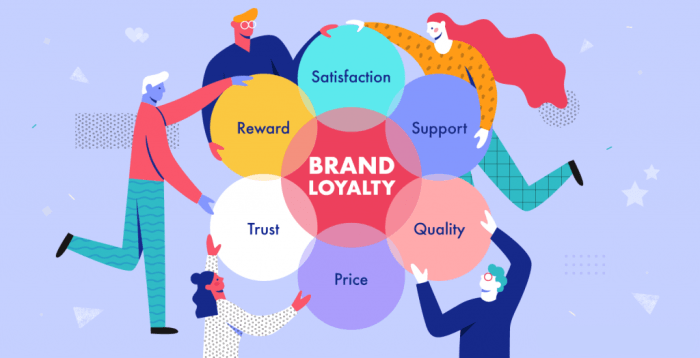Analyzing Customer Loyalty Programs

Customer loyalty programs are crucial for automotive companies seeking to foster long-term relationships with their customers and build brand advocacy. Effective programs incentivize repeat purchases, encourage referrals, and ultimately contribute to increased profitability. By understanding the strengths and weaknesses of different approaches, manufacturers can design tailored programs that resonate with their target audiences and drive desired outcomes.
Comparison of Automotive Customer Loyalty Programs
Several distinct models of customer loyalty programs are employed within the automotive industry. Points-based systems, for example, reward customers with points for purchases, service visits, and other interactions. These points can then be redeemed for discounts, merchandise, or upgrades. Tiered reward programs offer escalating benefits based on customer spending or engagement levels, providing greater incentives for higher-value customers. Exclusive events, such as track days or VIP experiences, create opportunities for premium engagement and strengthen brand loyalty.
While points-based systems offer a straightforward and easily understood reward structure, tiered programs can create a sense of exclusivity and progression. Exclusive events, however, demand greater investment but offer substantial returns in terms of brand building and customer satisfaction. For instance, Ford’s loyalty program offers points for purchases and service, while some luxury brands like Mercedes-Benz provide access to exclusive events and concierge services for their highest-tier members.
Design of a New Electric Vehicle Loyalty Program
A hypothetical electric vehicle (EV) manufacturer, “Volt Motors,” could implement a loyalty program called “Volt Advantage.” This program would leverage the unique aspects of EV ownership, integrating features beyond traditional points systems. Members would earn “VoltPoints” for vehicle purchases, service appointments, referrals, and participation in charging network promotions. These points could be redeemed for charging credits, service discounts, accessories, or exclusive access to Volt Motors events focused on sustainable living and technology.
Higher-tier members, designated “Volt Elite,” would enjoy benefits such as priority service appointments, complimentary vehicle detailing, and invitations to exclusive technology previews. The program would also incorporate a digital component, featuring a dedicated app for managing VoltPoints, accessing exclusive content, and connecting with other Volt Motors owners. This digital integration would foster a strong sense of community and provide ongoing engagement opportunities.
Key Components of a Successful Automotive Loyalty Program
A successful automotive loyalty program requires careful consideration of several key components. The following table Artikels these components, focusing on the needs of different customer segments and providing implementation strategies:
| Program Feature | Target Customer Segment | Benefits | Implementation Strategy |
|---|---|---|---|
| Points-based rewards | All customers | Discounts on service, accessories, future vehicle purchases | Integrate with existing CRM system, offer clear point redemption options |
| Tiered rewards program | High-value customers, frequent service users | Priority service, exclusive events, concierge services | Develop a clear tier structure with escalating benefits, personalized communication |
| Exclusive events and experiences | High-value customers, brand enthusiasts | Enhanced brand engagement, community building | Partner with relevant organizations, curate unique experiences |
| Digital platform integration | All customers | Easy point management, access to exclusive content, community forum | Develop a user-friendly app, provide regular updates and engaging content |
| Referral program | All customers | Rewards for successful referrals, increased customer base | Offer attractive incentives for both referrer and referee, streamline the referral process |